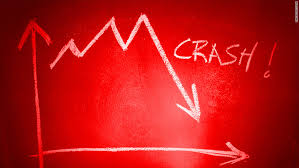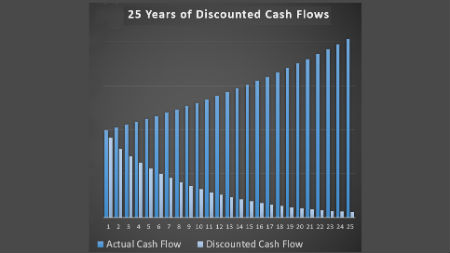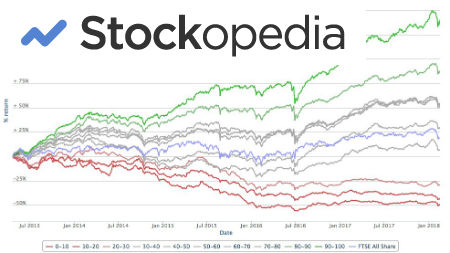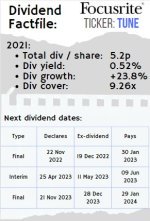Price-to-Earnings Ratio - How is it useful is it to the value investor?
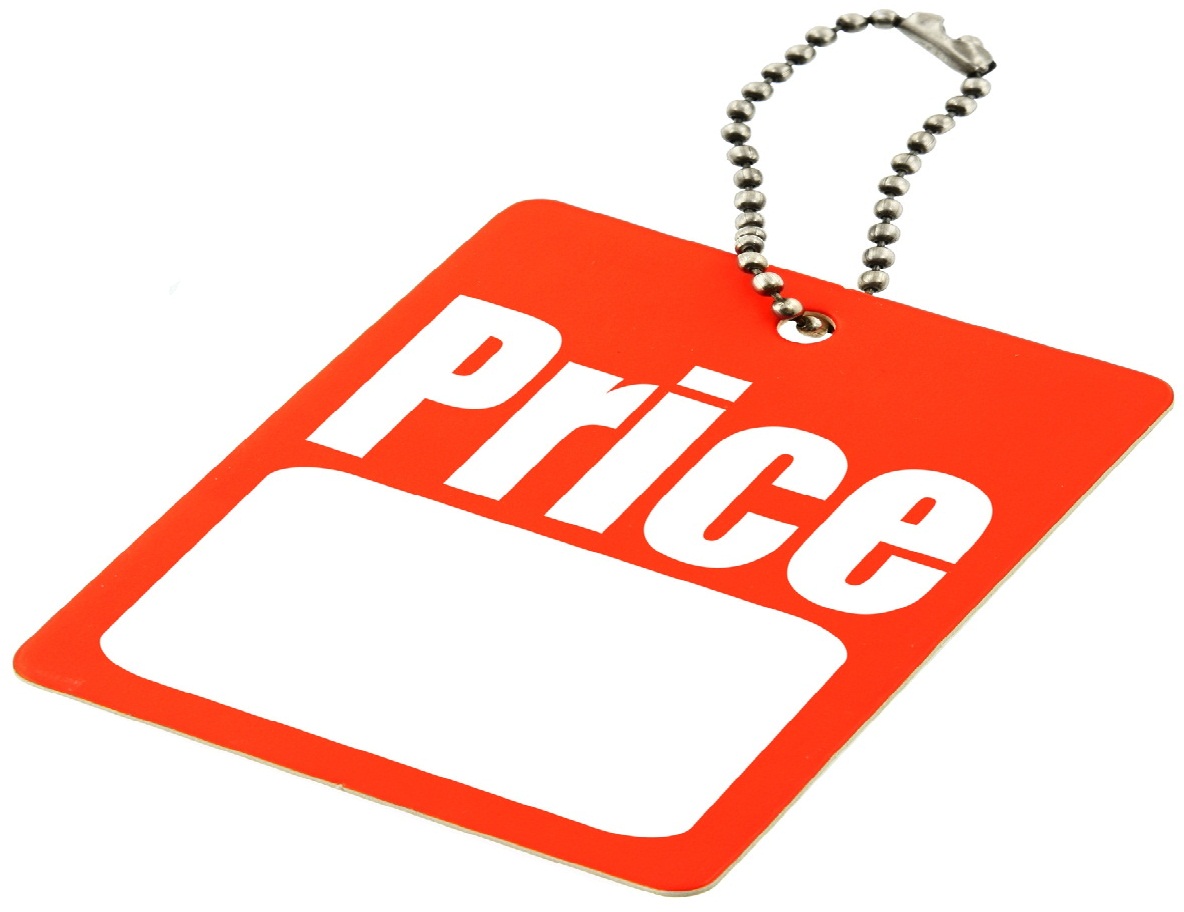
Price-to-Earnings ratio (P/E) is one way of telling you how cheap or expensive a particular stock is. Because of this it's one of the most important metrics for a value investor.
What is it and how can it be useful to you in choosing stocks? (Read on carefully because there are some serious pitfalls in using it!)
What is the Price-to-Earnings ratio?
The Price-to-Earnings ratio determines how much you are willing to pay for one dollar of that company's earnings. For example, if XYZ Plc is earning $5 PER SHARE and the share price is at $75, then the P/E ratio is 15x. This figure is sometimes known as the "multiple". If the share price were to rise to $100 per share and the earnings remained at $5 per share, then the P/E multiple will go up to 20x. This is making the stock more expensive and is known as MULTIPLE EXPANSION. Multiple expansion happens when investors are willing to pay more per dollar worth of earnings.
The formula is very simple to calculate:
PRICE-TO-EARNINGS RATIO = CURRENT SHARE PRICE/CURRENT EARNINGS PER SHARE
How useful is the Price-to-Earnings ratio?
The Price-to-Earnings ratio is a key ratio for value investors as it shows you how expensive or cheap a stock is. If there are two identical companies but one trades on 10x earnings and the other at 20x earnings then the 10x earnings company is half the price of the 20x earnings company. Therefore a value investor is more likely to look at stocks with LOWER earnings multiples.
Maybe it is easiest to think of it this way. If a company were to pay out ALL its earnings and its earnings were to stay the same then the P/E ratio will tell you how quickly you will get your money back. In this situation a Price-to-Earnings ratio of 8 will mean you will get your investment back in 8 years where as a P/E ratio of 15 will mean it will take 15 years for you to get your money back.
This all sounds very simple and you maybe asking why then don't you just find the stocks with the lowest P/E ratios and just buy them!?
Here's why:
Why are some stocks more expensive than others?
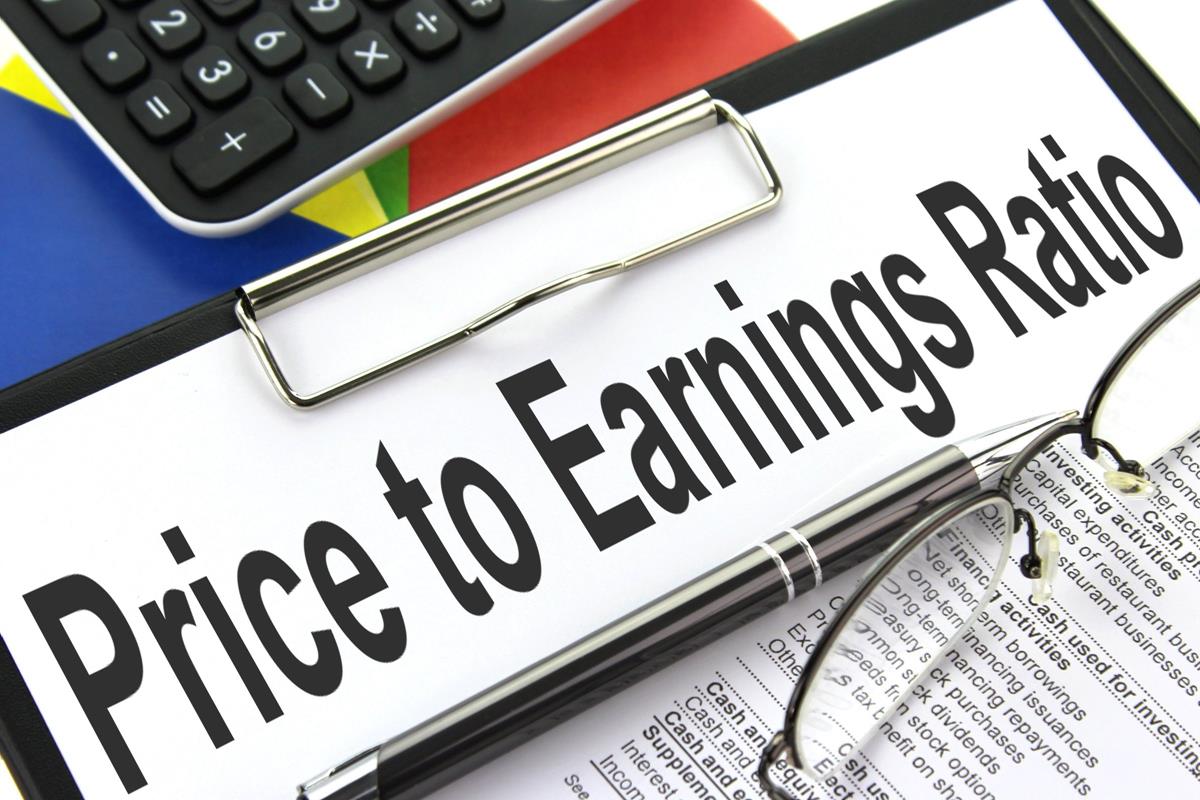
If only it was as easy as just buying the cheapest stocks! The reality is that often stocks are cheap for a reason! More expensive stocks TEND to be of higher quality. Here are some of the reasons why a stock maybe higher quality and therefore warrant a higher P/E:
- The company is growing and likely to continue to grow its earnings per share.
- The greater the rate of growth then the higher the Price-to-Earnings ratio should be.
- The company has a strong balance sheet - see {how to analyze a balance sheet}. The company has a management with an excellent reputation.
- The earnings of the company are more predictable and tend to be of higher quality.
- The company has excellent returns on capital employed.
- The company has a good reputation for rewarding shareholders well through dividends and share buybacks.
- The company sells products that are unlikely to go out of fashion.
- The company operates in a market that has high barriers to entry and good pricing power.
A worked example:
To illustrate the importance of growth to a company, imagine this scenario...
You're considering buying shares in two companies:
Company X and Y both earn $1 per share but you expect company X to grow earnings at 20% per year for the next 5 years and then not grow at all.
Company Y you expect to grow at 5% per year for the next 5 years and then not grow at all. Company X has a stock price of $15 (so 15x earnings) whereas company Y has a stock price of $10 (so 10x earnings). Company Y looks like the cheaper stock but let's see how the growth affects the future price:
After 5 years, company X is now earning $2.49 per share and company Y is now earning $1.28 per share. That growth rate means company X is now earning 95% more than company Y.
We are now assuming that neither company will grow in the future and their earnings will stay the same. In that scenario, let's assume they both trade on a P/E multiple of 8 (fairly typical of a no growth stock and normal interest rates). Company X should now have a share price of $19.92 (8x2.49) and company Y should now have a share price of $10.24 (1.28x8). Clearly, in this scenario, you were better off paying up for the faster growth company than buying the "cheap" company.
The reason value investors are often keen to go for the lower Price-to-Earnings ratio stocks is because high P/E ratio stocks often have a lot of optimism already "baked" into the price. This means that should that growth fail to materialize then high P/E stocks can get absolutely hammered by the market.
Conversely, low P/E stocks are often priced with a lot of pessimism and so any pick up in business activity can result in a substantial "re-rating" higher and good future investment results. Several studies, such as the famous one by the BARRA organization of Berkeley, California, have shown that over long periods of time, low P/E stocks tend to outperform their high P/E counterparts.
What are the drawbacks of the Price-to-Earnings ratio?
You need to be very careful when selecting stocks on the basis of their P/E ratio. You can't just pick up a paper and look at the latest P/E ratio. Why is that? Well it is because the latest P/E ratio may not give a correct number for the company's EARNING POWER.
For example, if a company has just sold a subsidiary and so they booked a one-off gain in their profit which meant the earnings per share jumped up to $3 then you may think it looks "cheap" if the share price is at $30. The one off-gain, though, will not be repeated and earnings may drop down again to around $1.50 meaning the "bargain" you thought you were getting at 10x earnings was really a purchase at 20x earnings so not nearly as cheap.
The same example can be inverted as well - imagine a company has a large one off tax bill which won't reoccur. This may severely depress earnings in one year and make the P/E ratio look too high when in reality the earnings should recover the following year to give a more normal P/E ratio.
You also need to be extremely careful with CYCLICAL companies. These are companies whose earnings fluctuate heavily in the economic cycle. For example, an oil company's earnings may drop heavily when oil prices fall a long way. This will move the P/E ratio up a long way and make the stock look too expensive. That may not be the case, though, because as the oil price recovers then so will that company's earnings.
When you are looking at P/E ratios, you should always look beyond the headline number. You need to try and make a judgement about the firm's earning power through the economic cycle. Ben Graham recommended in his book {security analysis} to average out the earnings of a company over many years (at least seven) to smooth out the effects of economic cycles and "one offs". This method is also know as CAPE - Cyclically adjusted price-earnings ratio.
What does the Price-to-Earnings ratio mean in terms of dividends?
Remember that for dividends to be sustainable they must be paid out of earnings. Therefore, if you buy a stock with a low P/E then on day one there is more profit available to you as a shareholder.
For example, imagine that Company A is trading on a P/E of 10 and pays out half its earnings in dividends. Your {dividend yield} is then 5%.
Company B, however, is trading on a P/E of 20 and also pays out half its earnings in dividends. In this case your dividend yield is 2.5%.
Remember, though, that it often takes money to make more money so a company that retains all its earnings should grow faster than a company that pays out all of its earnings. This means that the company retaining all its earnings should (all else being equal) trade on a higher P/E ratio.
In conclusion
As you can see, there is a lot to discuss when it comes to P/E ratios and a lot of judgement is involved. This is why we recommend you look at it but only use it as one of SEVERAL valuation measures.
Remember to try and average out the P/E ratio so you can guage a company's earning power rather than just their latest earnings. It is also worth remembering that the average P/E ratio on the US stock market over the last 200 years has been around 15. If you are paying much above that then you might be overpaying (unless the company grows very fast). If you're paying much below that then you may end up with a good deal. At the end of the day, though, the most important aspect to your investment result is the underlying performance of the company you buy.
For the Investopedia definition of P/E ratio, click here.
Got a BURNING dividend question for 6-figure dividend earner Mike Roberts?
What is it that you really want to know about investing?
Submit a query and Mike will write a page in response.
PLEASE NOTE - in accordance with our terms of use, responses are meant for education / interest only. We do not give specific financial advice.
